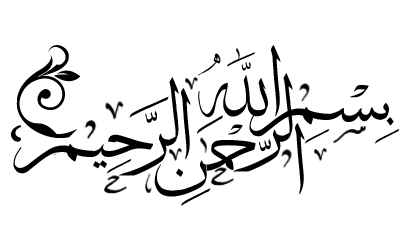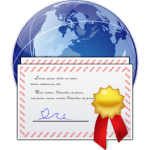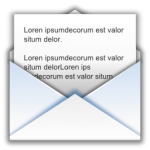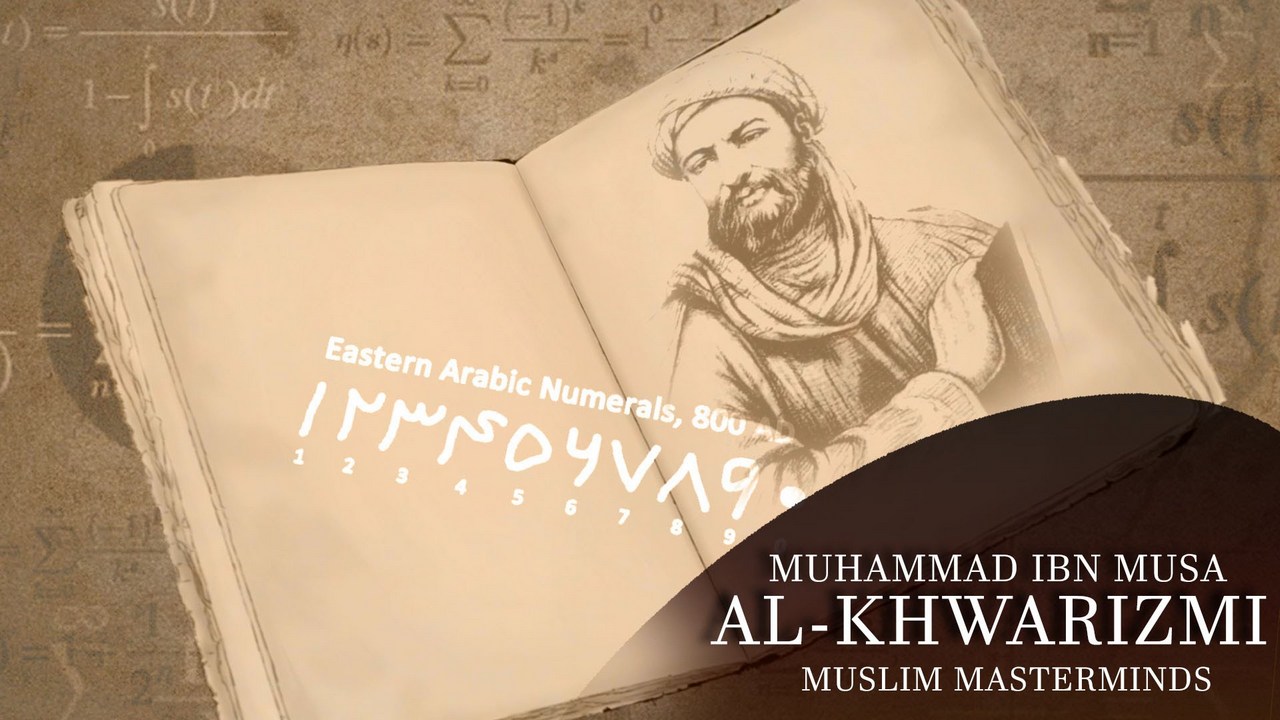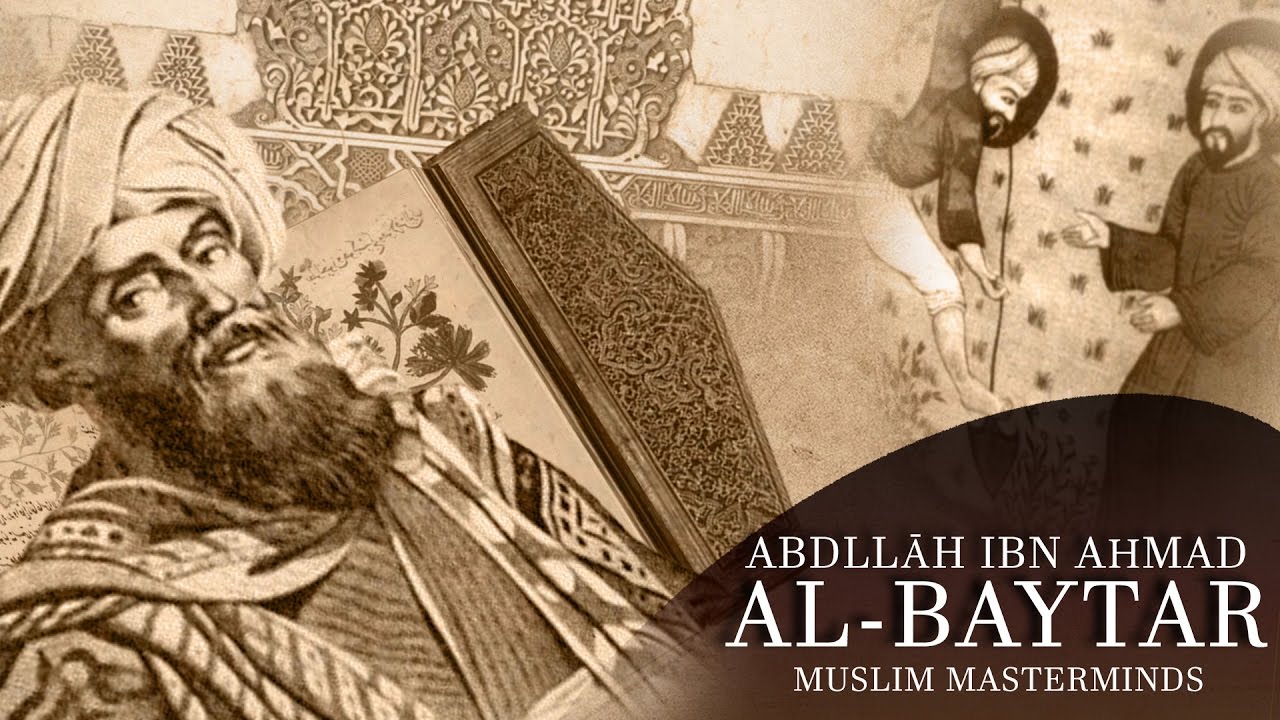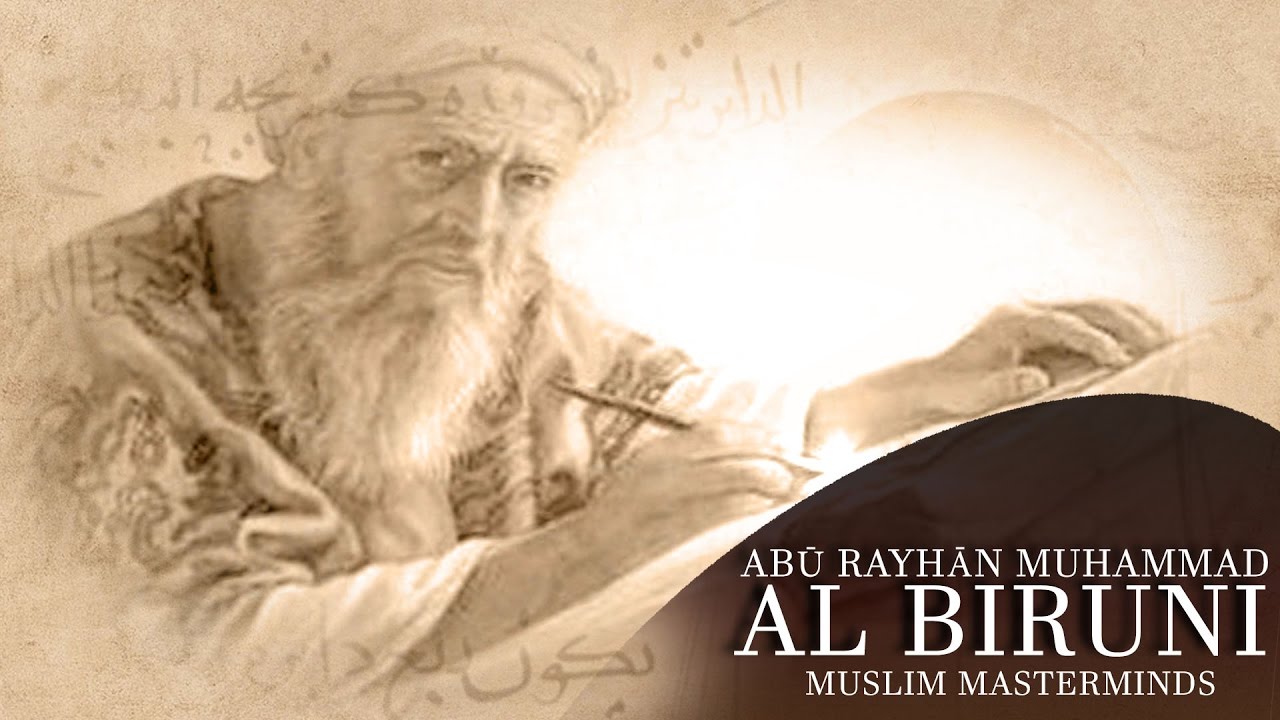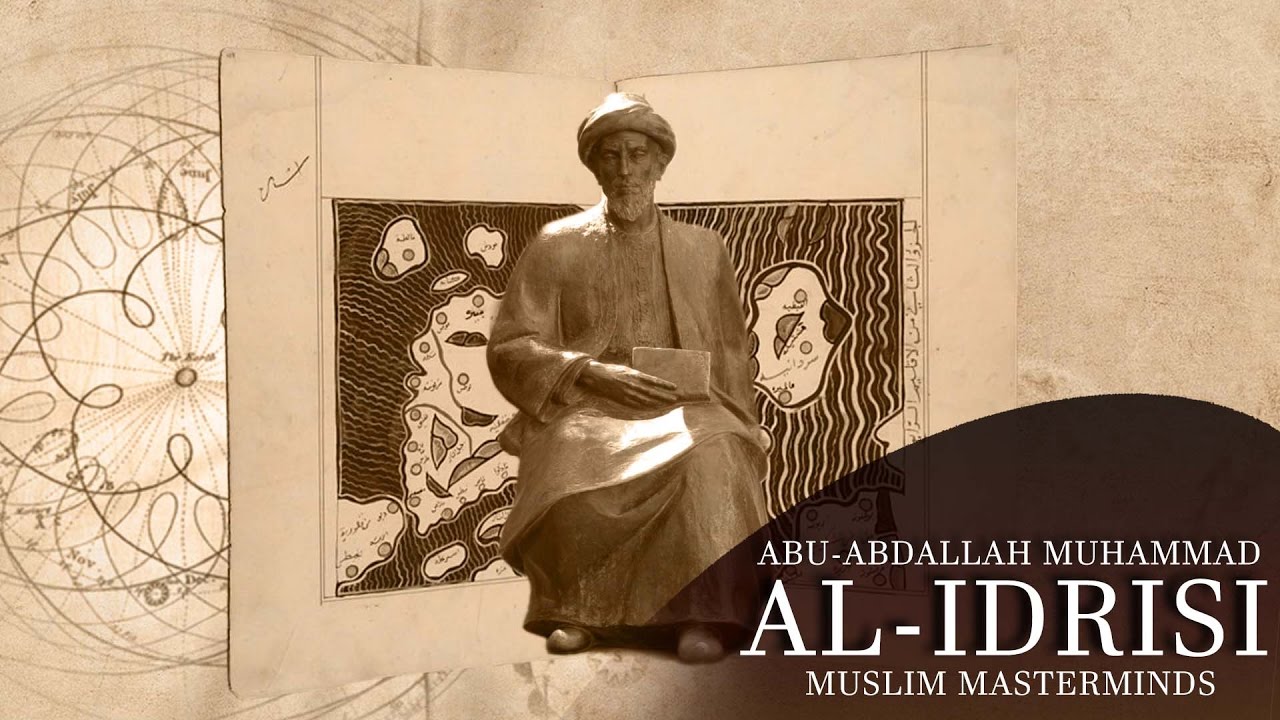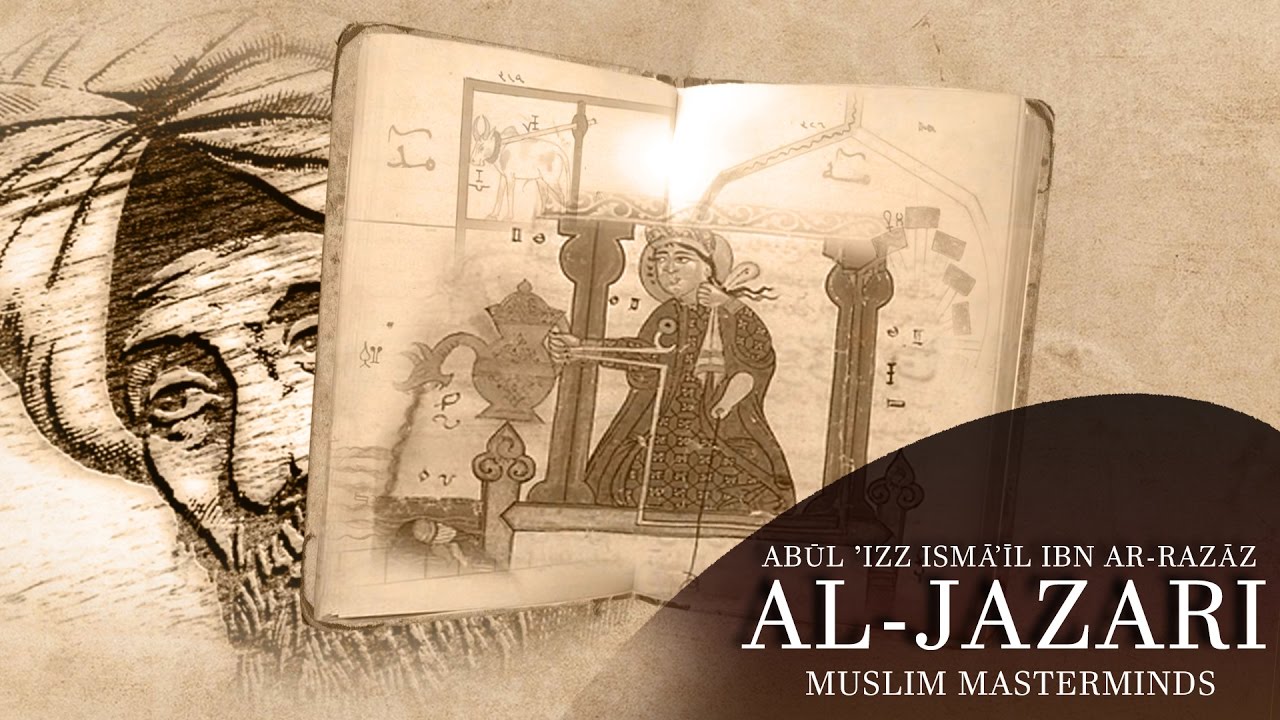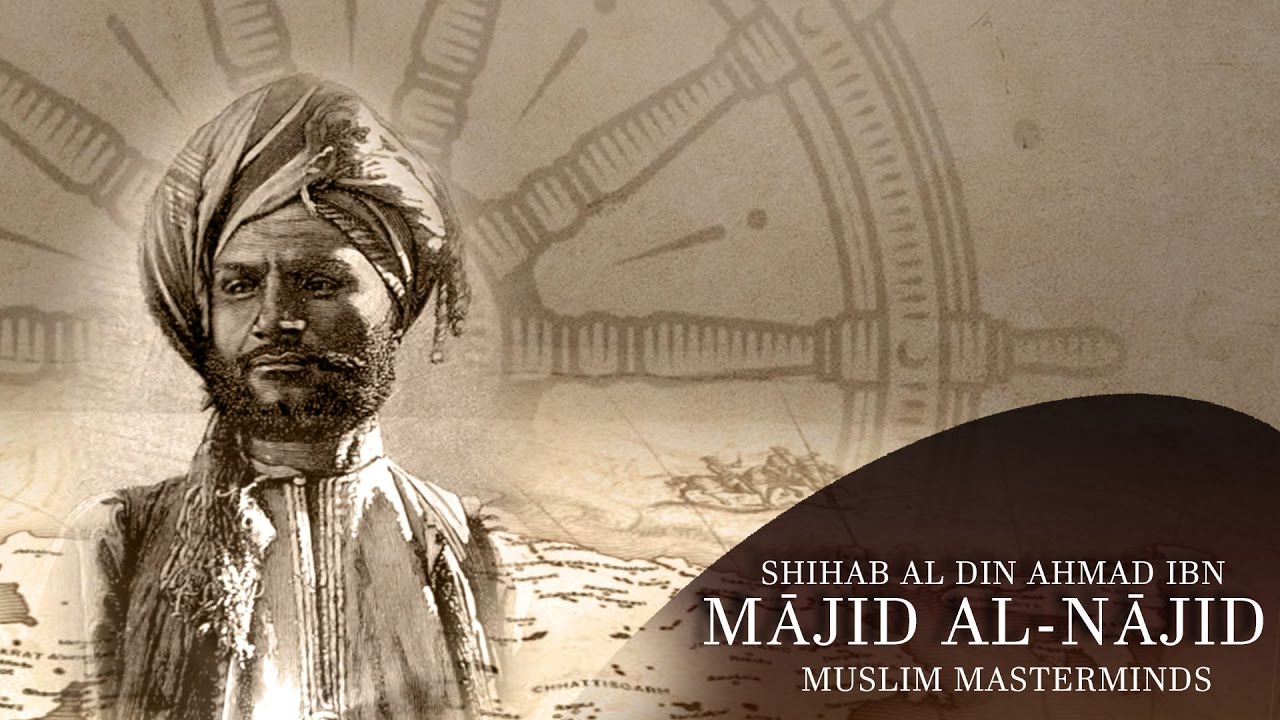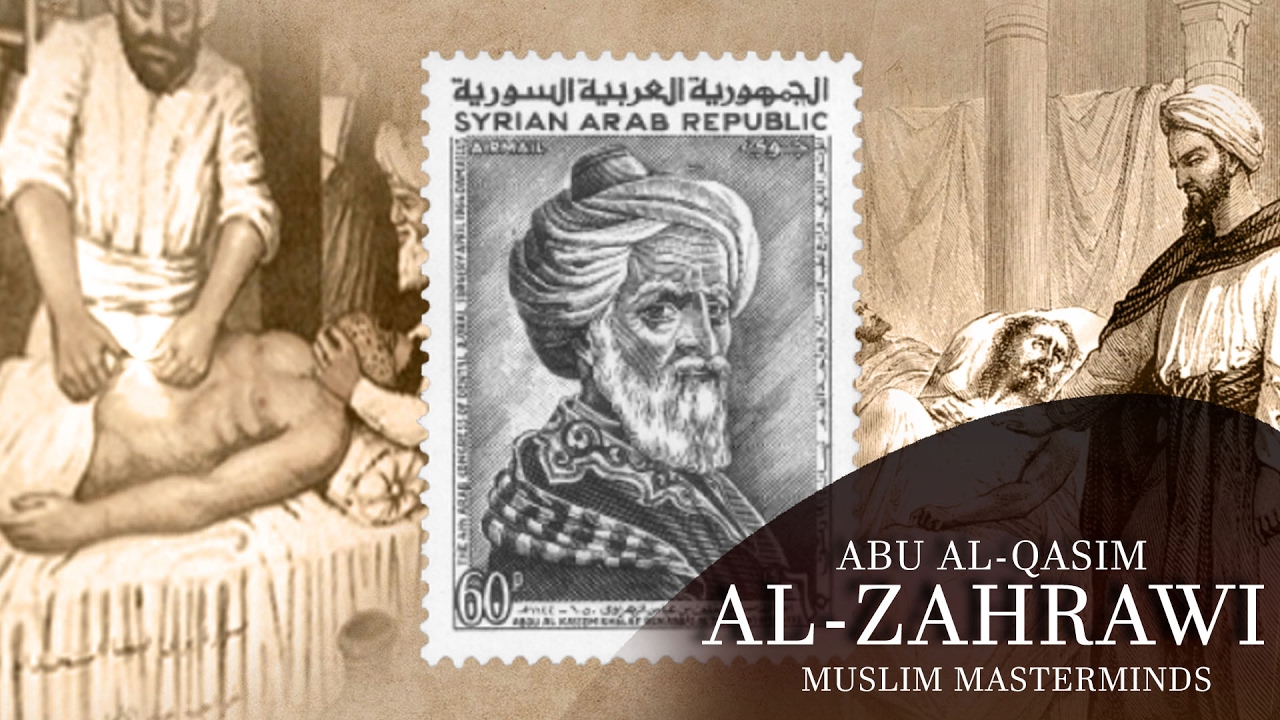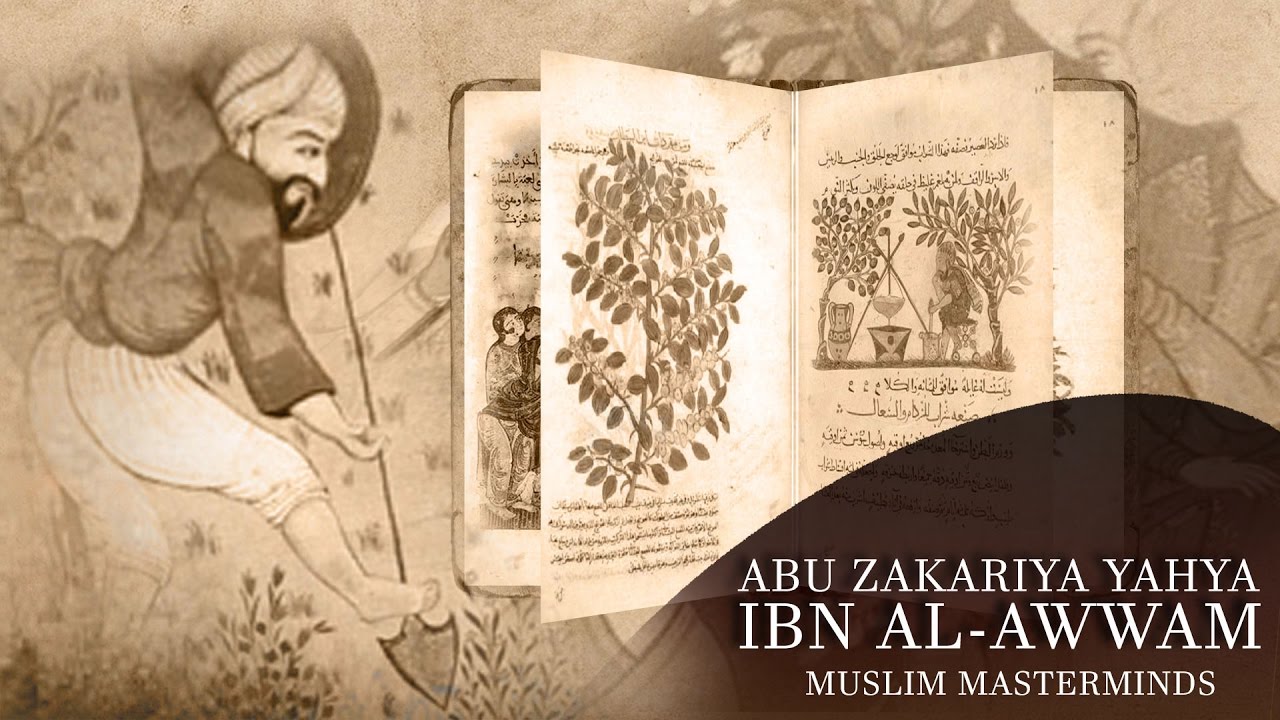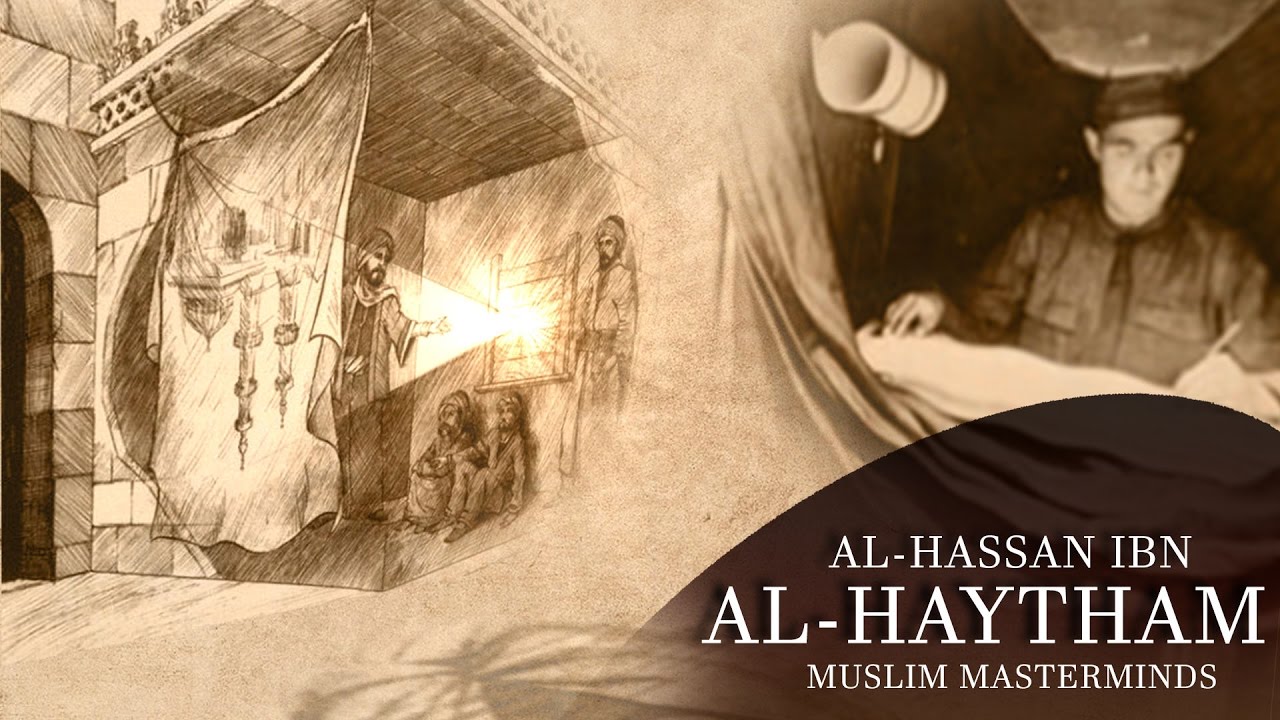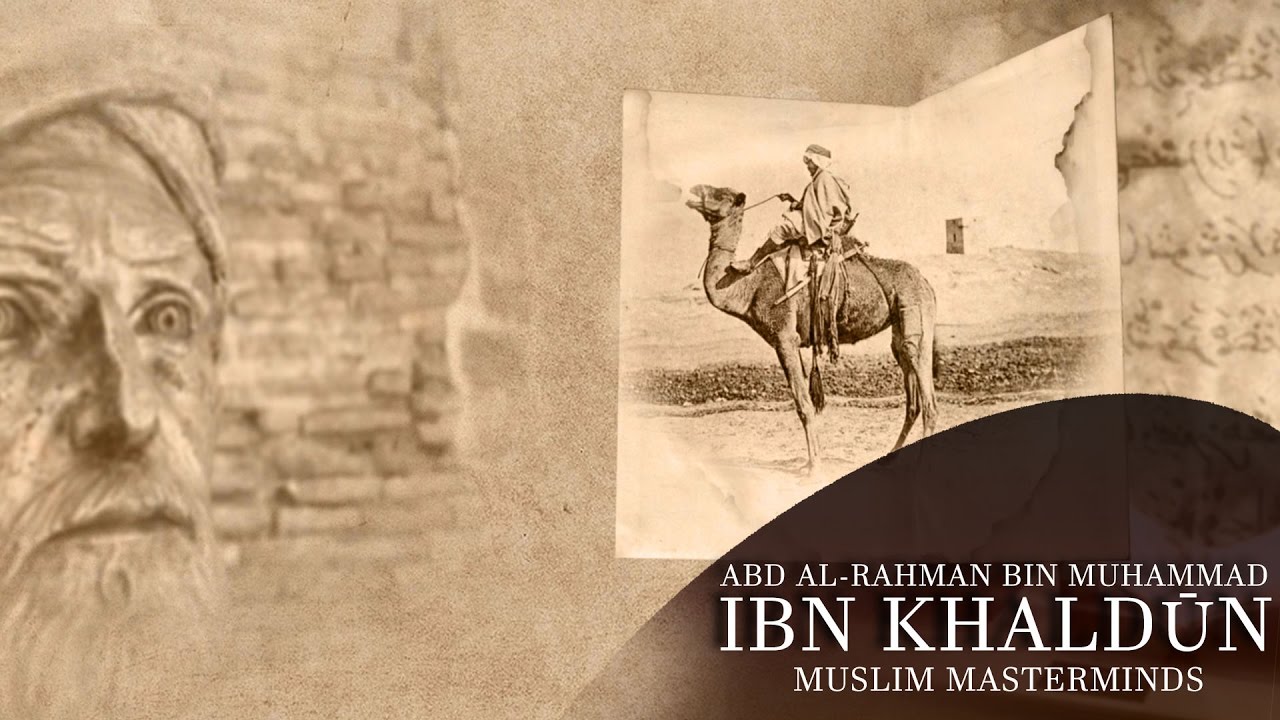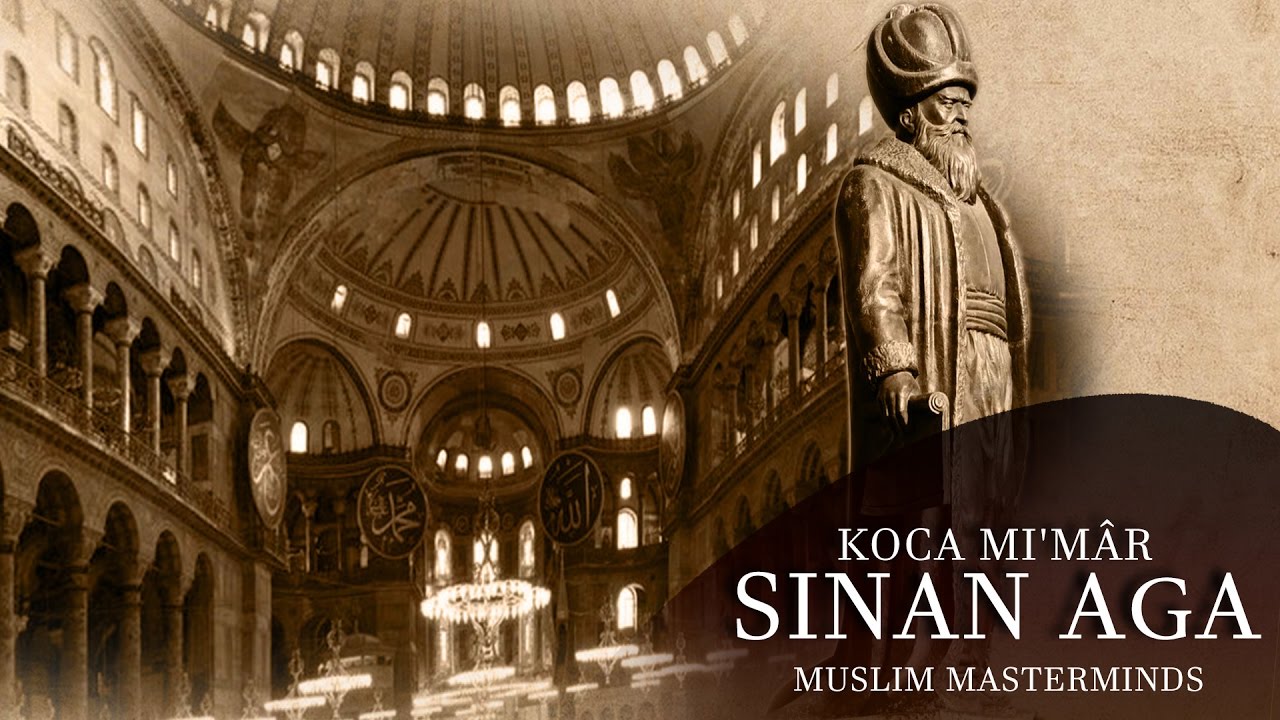Dedication
This website is a tribute to the great scholars of science, knowledge, and wisdom of the Islamic civilization that spanned many nations during the middle ages. The scholars who translated, assimilated, and developed the scientific human knowledge of other civilizations before them and handed it to the ones who came after1 . The scholars who founded and applied the modern scientific research method as we know it. To my grandfathers of wisdom, may you be remembered in this life, and the next.
1. See for example Part II of Robert Briffault’s 1919 book “The Making of Humanity” publicly available for download here. Also for a good reference on some of the contributions of Islamic scholars in the area of Algebra and Geometry see J. L. Berggren’s book “Episodes in the Mathematics of Medieval Islam” available here and “Geometry by Its History” by Alexander Ostermann and Gerhard Wanner available here.
About The GA Explorer
I think the universe is pure geometry – basically, a beautiful shape twisting around and dancing over space-time; Antony Garrett Lisi, author of “An Exceptionally Simple Theory of Everything“
Welcome, everyone! This website is about exploring ideas in geometry, algebra, computations, and wisdom gained by applying and teaching them. The main subject and tool of the explorations is Geometric Algebra (GA), a fascinating and powerful algebraic abstraction for expressing geometric ideas. I made this site to freely share my thoughts, as they may be, about modeling geometry, creating code, and teaching through GA mainly for applications in computer science and engineering. I hope you find the pages and posts interesting and useful.
The reason this website is mainly dedicated to Geometric Algebra is that it has the potential of being the algebraic abstraction system for geometric processing applications in this century, just as vector algebra was in the 20th century. My goal isn’t to add to the mathematics behind GA, that’s already been done quite sufficiently, but rather to illustrate, reformulate, explore, and implement solutions to problems in engineering and computer science in the language of Geometric Algebra. This step has already been taken in physics with remarkable success by Prof. David Hestenes and other physicists. It’s about time to do the same on a wide scale in engineering and computer science.
About the Title
The title of this site “Geometric Algebra Explorer” has several levels of ideas and tools associated with it. The exploration process is two-way:
- To use GA as a tool for exploring diverse aspects of scientific knowledge in engineering and computer science.
- To explore the potential of GA as a mathematical language using problems in engineering and computer science.
The GA explorations on this website are related to several levels of applied knowledge, stated here in their order of abstraction:
- The first level of exploration is associated with the fundamental process of Abstraction itself. This process is practically limited by the mathematical and computational tools we have to represent and manipulate our abstractions. Geometric Algebra simply removes many difficult limitations on our ability to create and use abstractions. An excellent example of this feature is provided by John W. Arthur‘s book1 “Understanding Geometric Algebra for Electromagnetic Theory“. Classical EM theory is the most influential abstraction in modern time. Using a GA-based representation provides many advantages over traditional tools like vector algebra and complex numbers.
- The second level is associated with Geometric Reasoning as intuitively performed by human beings. The main source of knowledge in this level is rooted in the work of 19th-century geometry. One nice modern book is John Stillwell‘s “The Four Pillars of Geometry“. This book is unique in that it looks at geometry from 4 different viewpoints – Euclid-style axioms, linear algebra, projective geometry, and groups and their invariants. Geometric Algebra can be used to directly connect to this huge but practically under-utilized body of geometric knowledge. New applications and models are only one consequence of this connection; deeper understanding is the most important consequence of relating GA to geometric reasoning in all 4 forms described in John Stillwell‘s book.
- The third level is associated with Logical Symbolic Reasoning provided by the fascinating algebraic structure of Geometric Algebra. An excellent and essential resource on this aspect is the book “Geometric Algebra for Computer Science: An Object-Oriented Approach to Geometry” by Leo Dorst, Daniel Fontijne, and Stephen Mann. The simplicity and universality of GA’s algebraic language enable the possibility of developing computer algorithms and software systems far better than the current ones.
- The fourth level is associated with Computer Programming. One example of valuable work in this level is the use of the term Geometric Algebra Computing (GAC) as given by Dr. Dietmar Hildenbrand2 (http://www.gaalop.de/dhilden/) the author of the book “Foundations of Geometric Algebra Computing” and the leader of the team that designed and developed “Geometric Algebra Algorithms Optimizer (Gaalop)” software. In his book, he defines the term “Geometric Algebra Computing” as:
The geometrically intuitive development of algorithms using geometric algebra with a focus on their efficient implementation.
- Complementary to these 4 levels is the level associated with Communication of Knowledge: learning and teaching geometric abstractions in engineering and computer science involving GA techniques, algorithms, and computations. A very good example of a successful step in this direction is Dr. Kenichi Kanatani‘s book “Understanding Geometric Algebra: Hamilton, Grassmann, and Clifford for Computer Vision and Graphics“.
Personally, I think about Geometric Algebra as a powerful language for symbolic geometric abstraction, not just another algebraic system of mathematics. Computers can only be programmed when we fully understand the concepts and processes involved in the problem at hand. Instructing computer to deal with Geometric Algebra is fascinating because it’s a high-level language for geometry as we humans think and understand and, at the same time, a logical algebraic system suitable for being a universal base for creating computer code for geometric processing applications using current compiler technology. Most of the material on this website are dedicated to illustrating and eventually realizing the full potential of GA in various scientific computing applications.
1. The names of authors, researchers, books, and publications on this website are by no means intended to be an accurate representation of the work done by the GA community or scientific community in general. They are merely a reflection of my own very limited readings and knowledge. I offer my respect to any author who participated in the development of human knowledge in the past, present, or future. For more information on the people offering significant contributions to the development of Applied Geometric Algebra, the reader can refer to my GA Community page.
2. I would like to thank Dr. Dietmar Hildenbrand for his valuable comments and suggestions regarding the contents of this site.
Contact The GA Explorer
You are welcome to send us a message anytime using this contact form.Thanks for contacting us! We will get back to you soon!
GA Explorer News
Follow Our Progress.November 11, 2017
Added a contact form on the About page. You are welcome to send us email messages using this simple contact form.
Read moreNovember 10, 2017
Added MailChimp subscription form in the footer of the GA Explorer website. Now you can subscribe to the GA Explorer mailing list and receive our updates.
Read moreNovember 7, 2017
Added Disqus comments to all posts. Anyone is welcome to comment on the blog posts.
Read moreNovember 6, 2017
Re-designed The GA Explorer website using Elementor.
Read moreOctober 27, 2017
Published the source code of the GMacSamples project on GitHub. Added information about the Ganja.js GA JavaScript library to the GA Software page.
Read moreOctober 18, 2017
Posted Exploring The Static Web.
Read moreOctober 14, 2017
Published the new website for the GMac Guides at https://gmac-guides.netlify.com/.
Read moreOctober 7, 2017
Uploaded the full source code of GMac and TextComposerLib to GitHub.
Read moreMay 18, 2017
Published the Publications page containing a list of my publications.
Read moreApril 26, 2017
Posted Edifying The Young, a new part in the GA Interviews series with Dr. Alan Macdonald.
Read moreApril 1, 2017
Posted Projective Insights, a new part in the GA Interviews series with Dr. Charles Gunn.
Read moreFebruary 28, 2017
Updated the GA Online Resources page and added a link to Pablo Bleyer’s GA resources list. Added the GMac Logos Gallery. Added the TextComposerLib Logos Gallery. Updated the main Menu Structure and added the…
Read moreFebruary 20, 2017
Posted Visualizing Scientific Insights, a new part in the GA Interviews series with Dr. Werner Benger.
Read moreFebruary 10, 2017
Posted GMac: The Next Generation part 2.
Read moreFebruary 9, 2017
Posted GMac: The Next Generation part 1.
Read moreJanuary 28, 2017
Posted Elements of Geometric Algebra.
Read moreJanuary 17, 2017
Posted Founders of Geometric Calculus with Dr. Garret Sobczyk and Geometric Algebra in Computer Science, with Dr. Leo Dorst, Dr. Dietmar Hildenbrand, and Dr. Eckhard Hitzer; the next two parts of the GA Interviews series.
Read moreJanuary 16, 2017
Posted Knowing About the World via GIS, the first part of the GA Interviews series with Dr. Yu Zhaoyuan.
Read moreJanuary 13, 2017
Posted Geometric Algebra: Ascension of the Mind. Updated the Geometric Algebra Software page: Added information about the SpaceGroupVisualizer software.
Read moreJanuary 9, 2017
Published the Geometric Algebra Community page. The GA Explorer website welcomes members of the GA community to send information about their GA-related work to update this page.
Read moreJanuary 7, 2017
Updated the Geometric Algebra Software page.
Read moreMarch 10, 2016
Published the Geometric Algebra Online Resources page.
Read moreSeptember 18, 2015
Posted Computing with Geometry: When the Going Gets Tough…
Read moreSeptember 11, 2015
Posted Computing: Please, Mind Your Language! part 1
Read moreAugust 14, 2015
Posted A Functional History of Numbers part 3
Read moreAugust 7, 2015
Posted A Functional History of Numbers part 2
Read moreJuly 24, 2015
Posted A Functional History of Numbers part 1
Read moreJuly 3, 2015
Posted my first blog post: The Abstract
Read moreJune 27, 2015
Published the Geometric Algebra Software Page.
Read moreJune 17, 2015
Published the About GMac Page.
Read more
